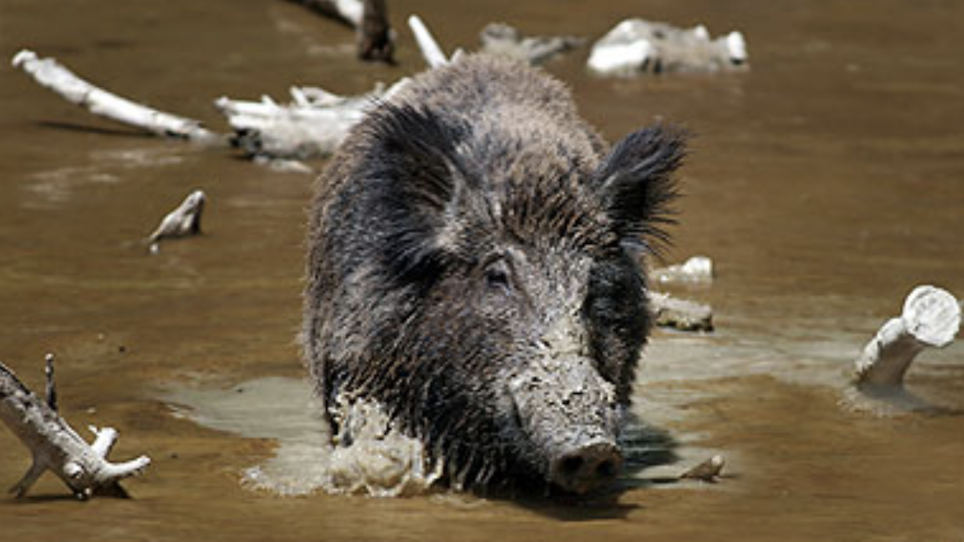When feral hogs began invading a nice, quiet nature preserve — because that's what feral hogs do — the folks who run the preserve tried to figure out how to get them away without too much obvious bloodshed.
Hey, fine. Sounds like a good idea, right? Do it nice, quiet and without fanfare? Yep. Nature preserves typically are places where folks can get away, enjoy the outdoors, not have to worry about too much and really see (hopefully) nature without any or much influence from man. That's why they're called preserves. I'd say the majority of folks who visit preserves usually aren't keen on hunting, either.
We have several preserves near our home and I love them. They're wild, I can be on the trails within minutes, folks take care of them (aside from the usual occasional jackwagon) and they're used by trail runners, hikers, families, loners, photographers and other folks. Great asset to the community. My biggest deal with the closest one is some grandpa-sized rattlesnakes. Yikes.
But the folks at the Three Rivers Land Trust, formerly known as LandTrust for Central North Carolina, ultimately realized that more needed to be done to get the job done.
The Land Trust, which was created in 2012 by purchasing farm land between the Yadkin and South Yadkin rivers, for years used a trap-and-kill method. Giant corral traps with automatic gates that can be activated by someone from afar, after getting notifications via phone, were used, along with bait inside the trap. Then the pigs were killed.
These traps arguably are the best, most effective things for hog management. Many landowers and state wildlife agencies use them. Alabama's wildlife department did an intensive and successful trap-and-kill program on its Lowndes WMA, which is near the Alabama River and was rife with hogs.
But hunting also can play a role, and that's what the Three Rivers Land Trust did.
Land Trust Sportsmen
Feral hogs are a scourge in the Southeast and Southwest, and they're steadily moving north. They've been here for hundreds of years, are adaptable, seek the best food and water sources in the seasons and move around to find those.
That's why some people, hunters especially, might see them during autumn when soft mast is falling and plentiful but not in winter when it's gone. When feral hogs are not bothered or hunted, they will take advantage of golf courses, yards, parks and anywhere else they find good vittles.
The Carolina land trust took a different tack in 2017 when it established its Sportsman Access Program. This draw-system provides SAP members the opportunity to be selected for specific hunting periods on the land trust property. Here's the group's explainer:
Since the spring of 2017, The Land Trust has managed their Sportsman Access Program (SAP) that allows sportsman members to access LandTrust-owned property for hunting. This permit draw system, much like the permitted system used by most state wildlife agencies, permits sportsman members to select specific dates for a chance to hunt dove, deer, feral hog, waterfowl or turkey on Land Trust-owned property (this does not include privately owned conservation easements). If / when a member is drawn, they acquire private hunting access on a designated section of Land Trust-owned property for up to a week. Dues garnered from sportsman memberships will be utilized for conservation funding. The Sportsman Access Program gives our members a chance to see their conservation dollars at work!
I can't say much more than this: Bravo, y'all.
For years, the hunting and non-hunting communities have eyed each other warily while often saying or thinking, "If only they would work with us." Preserves, like this one in North Carolina have land and a problem (the hogs), along with other game species. Hunters have the money, equipment and desire for access along with helping out with conservation and the preserve's mission.
I'd say that's a win-win.






